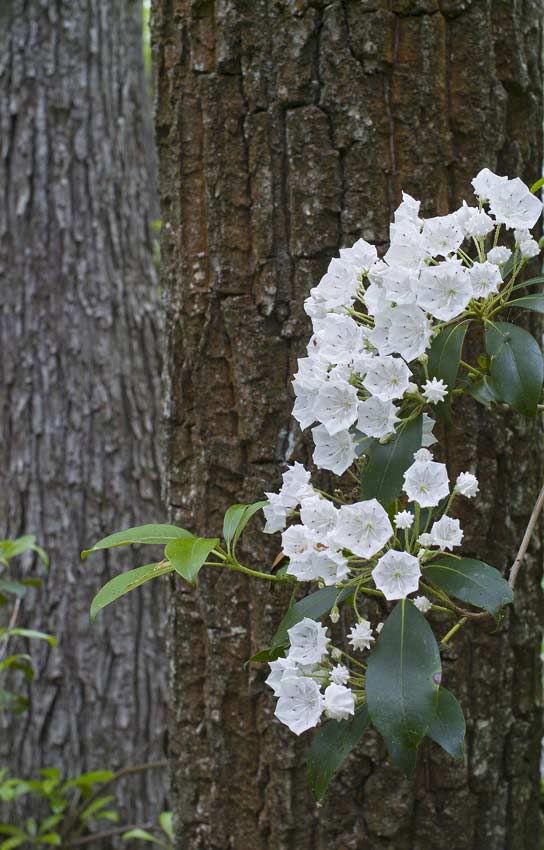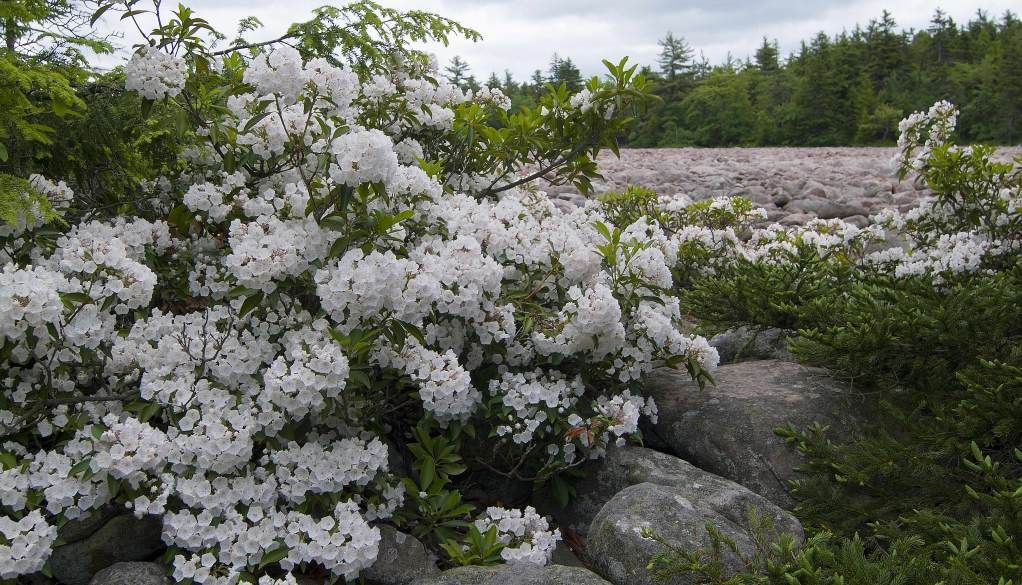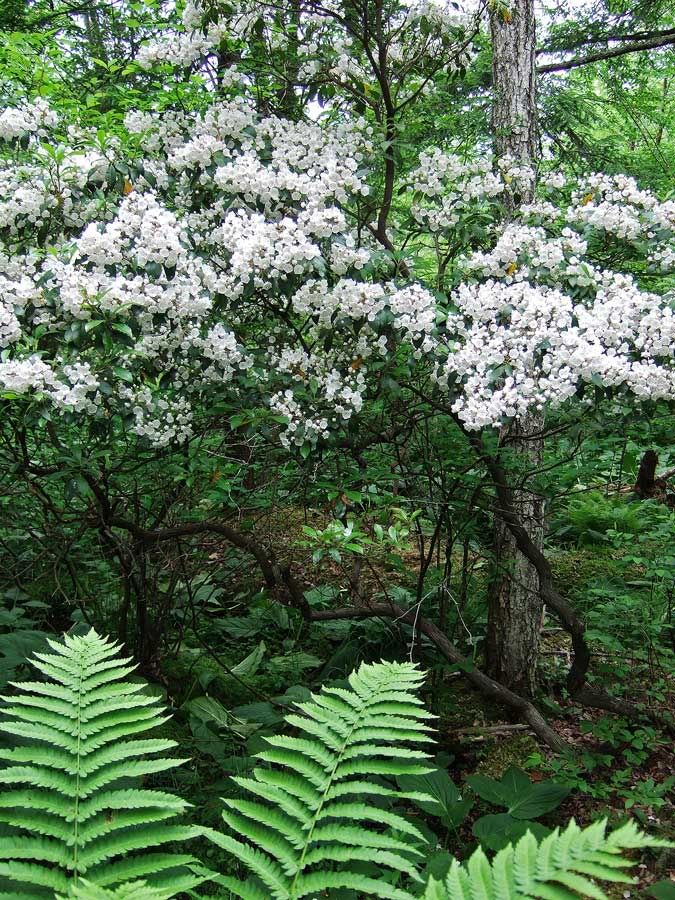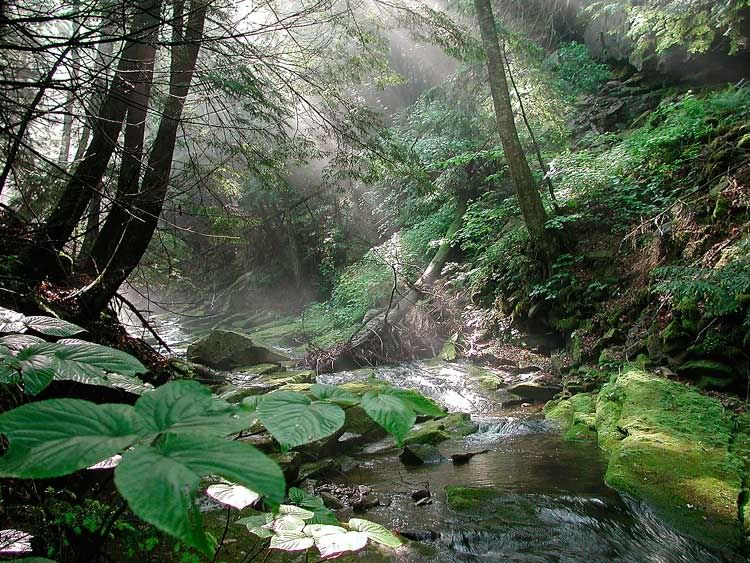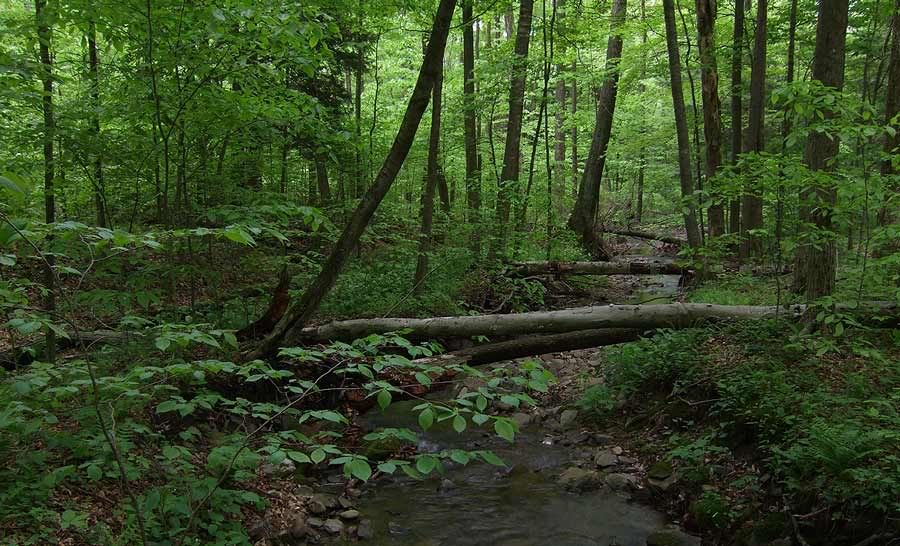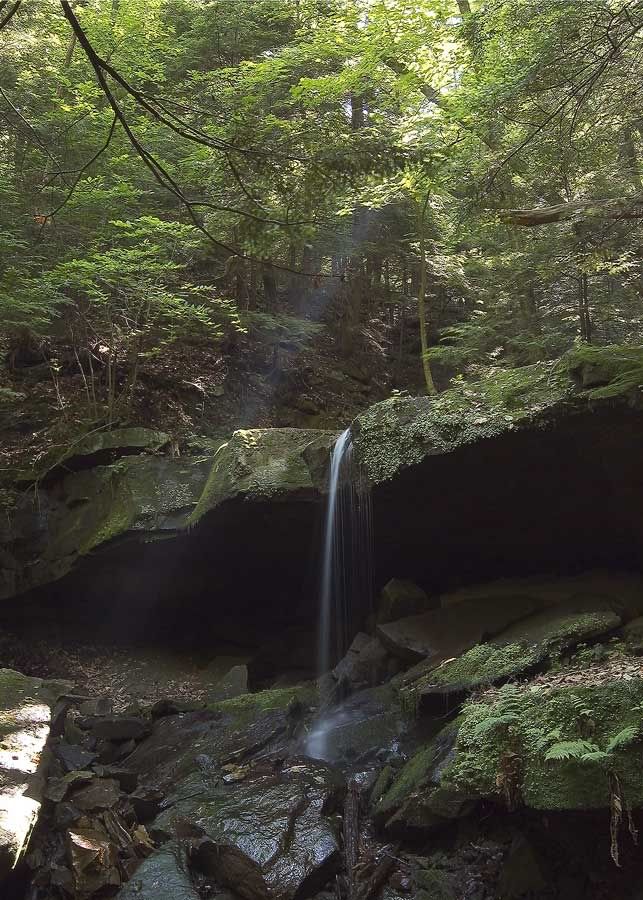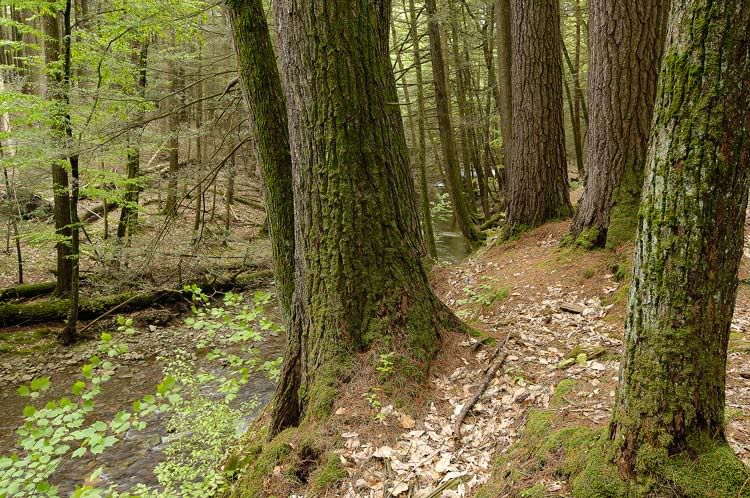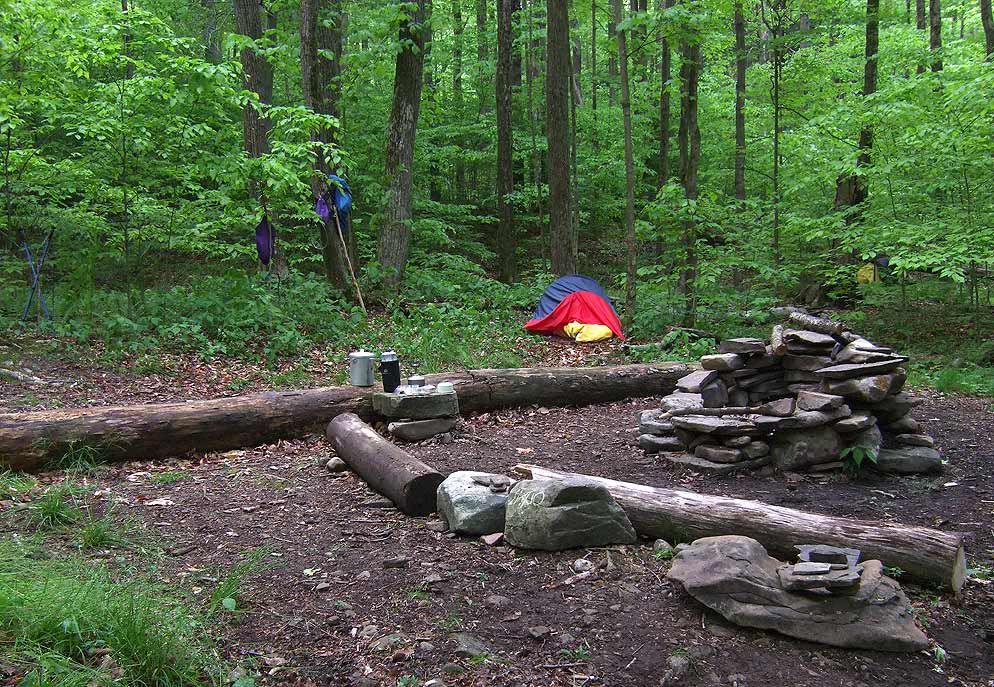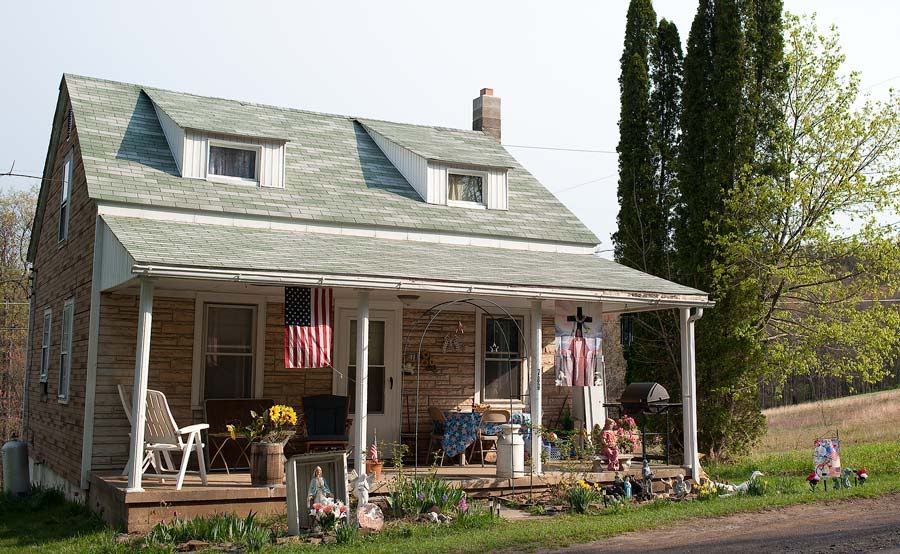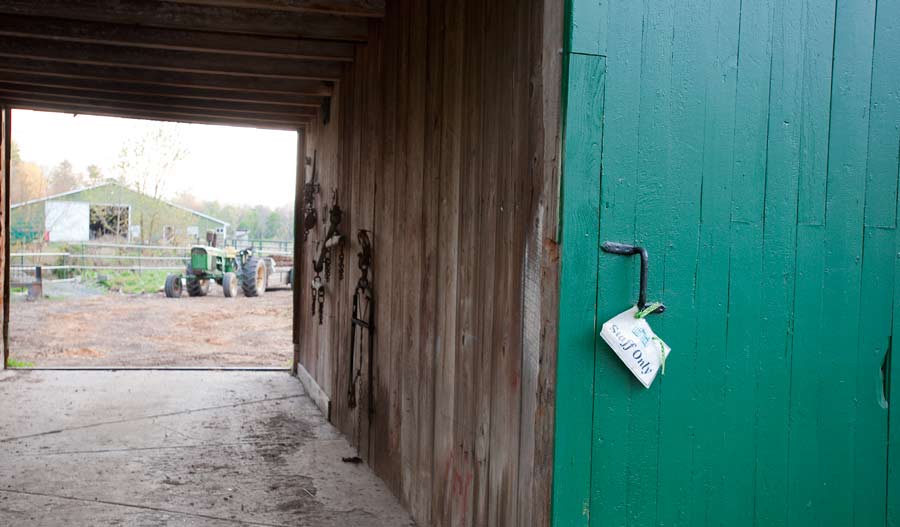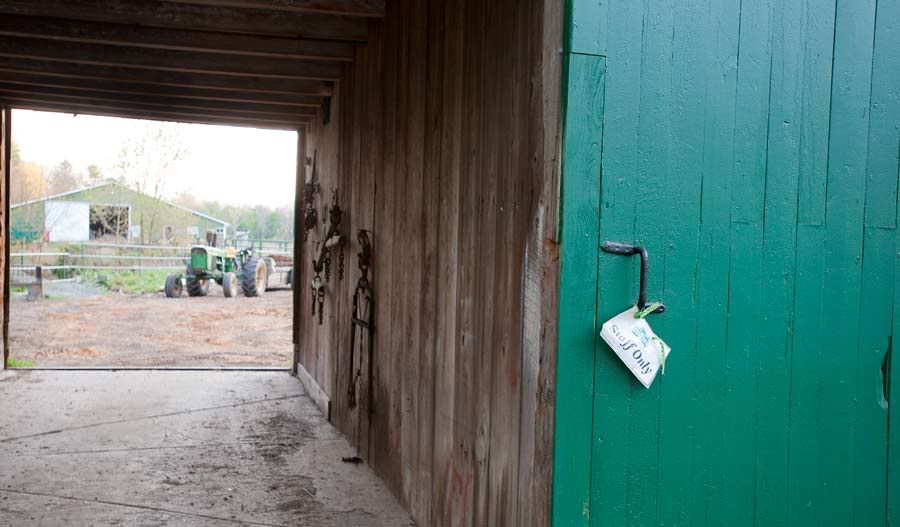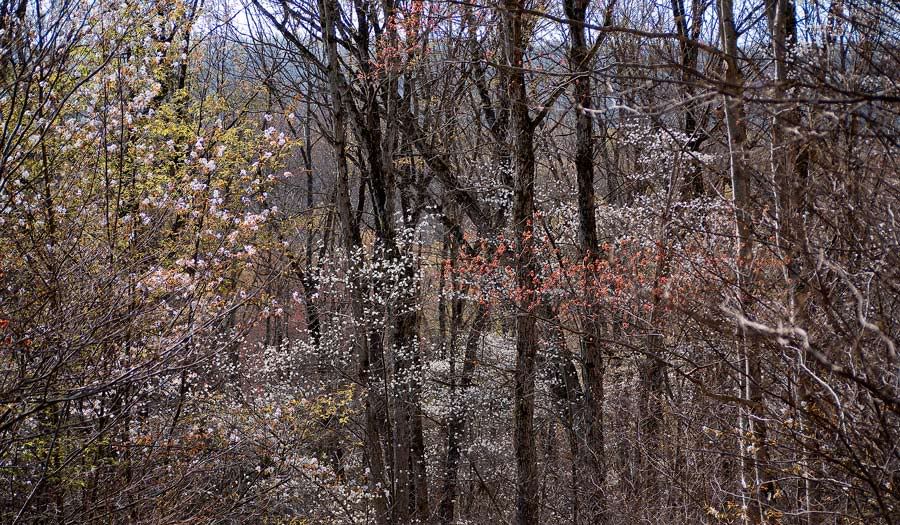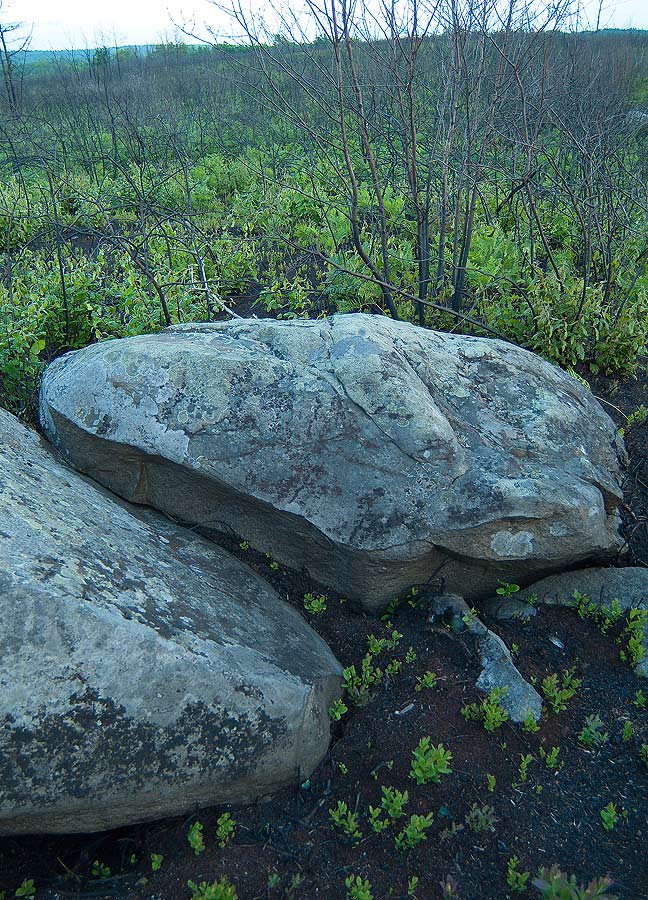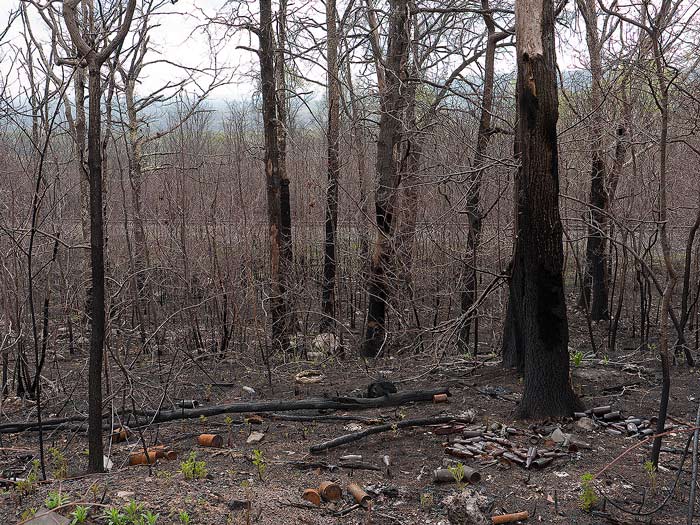I hope that all of you Moms out there are treated to a happy work, and stress-free day by your adoring family.
I have posted this essay, which originally served as a eulogy for my own Mother, who died almost 6 years ago while she was still far too young.

Our family wants to thank all of you, who have come today to St. Leo’s, to honor the passing of our beloved Mother, Geppie Smith. In this beautiful church, the place of her baptism, we now give her back to God. We would like to share with you the flow of her wonderful life.
Mother was born, not far from this church, on Nicholson Street in Wilkes-Barre, to Helen and Joseph Williams. The youngest of five children, she was originally to have been named Virginia. It seems that the word came down from her Uncle George, who later became the bishop of Harrisburg, that she should be named after the saint on whose feast day she was born. This, unfortunately, was St. Gertrude, a name she was never comfortable with. Happily, her sister Jane, a toddler at the time, nicknamed her Geppie: a name that followed her for the rest of her life.
Mom was educated, first here at St Leo’s, then later at St Anne’s Academy. Her time at St Anne’s included the first several years of World War II. She liked to tell her children that at the time, the students suspected that the German-speaking Christian Charity Nuns were hiding escaped Nazi POW’s deep in the cellars of that formidable old building.
Mom ultimately was graduated with a degree in English from Marywood College. She was very proud of her education. Until the end, she was a strict grammarian and a ruthless editor of any written material we brought to her. She always knew the correct spelling of any word about which you would ask.
Mom was apparently no wallflower, but during college, she met the love of her life, Henry (Gus) Smith an ex-navy man and student at the University of Scranton. They quickly fell in love. So smitten with her was my father, that he allowed the wedding to take place on the first day of Buck season. Mom always said that Dad looked a little jealous on the drive home, as they passed car after car with trophies tied to the hood.
Dad worked at the time as a salesman for Armour Inc. There was sadness early on. They lost their first child, Ellen, shortly after birth. They endured a 6-month separation shortly after the birth of our Ellen when mom was diagnosed with tuberculosis. Happily, the new drugs just becoming available at the time saved her from what might have been a fatal illness.
After this, things settled down a bit. Dad did well and won promotions. They built a lovely Cape Cod in Mountain Top, just up the street from the current homestead. Their first son, Henry Jr. was born.
It was around this time that a close friend of Dad’s applied to medical school, and was accepted. This rekindled Dad’s lifelong dream: to be a physician. Despite the profound disruptions to their home life and finances that medical school would entail, Mom was always encouraging and supportive. They sold their home; Mom and the kids moved back to my grandmother’s home on Nicholson Street, Wilkes-Barre, while Dad attended Jefferson Medical College in Philadelphia, coming home only on weekends. They endured, while apart, the loss of a second infant named Mathew Joseph, and celebrated the birth of a daughter, Mary Louise.
In Dad’s third year of Medical school, Mom and the kids moved to Lansdowne, outside of “Philly” to an old rickety intern’s residence. To say that money was tight would be to vastly understate the circumstances. Our Mathew, and then in less than a year Elizabeth Anne, were born during that period. Dad worked extra hours while Mom found novel ways to make do with the little money they had. She never complained.
Ultimately, Dad finished training and bought the current home on Spruce Street in Mountaintop. Not yet content with the five little miscreants already terrorizing the neighbors, they had two more, David and Moira. Dad’s practice flourished, loans were paid off and financial problems eased. By the mid-seventies, there was even some modest affluence. Mom became a rather accomplished cook, a passion that continued to this day.
To be sure, Mom had her foibles. One was her somewhat “casual” approach to housework. This stood in sharp contrast to Dad’s tightly organized nature. This might have threatened a lesser marriage: so deep was their love that there was rarely a conflict. Dad confined his organizing to the garage, the basement, and his sheds. Mom’s clutter ruled elsewhere. In this wonderful happy household, they raised and educated all seven children with humor, discipline, and love.
As we got older, married, and had kids and careers, Mom became the glue that has bound us all together. She listened to our problems, defended our shortcomings, and celebrated our successes. She was the conduit of communication for the family. She was intolerant of any conflict between her children and worked tirelessly to resolve them. She fully expected that her children and their spouses would emulate the love and devotion that existed within her own marriage.
I think back to more recent times, specifically to my parent’s fiftieth-anniversary party. There was a moment while they were dancing that we were lucky to capture on film. Mom so comfortable in Dad’s arms is positively beaming; surrounded as she was by her beloved family and friends. In her long wonderful life, I doubt she was ever happier.
Though she is gone she leaves us a powerful legacy: that true love can endure all manner of hardships and ultimately triumph. It is up to us to pass her love of God and family on to our children. She is undoubtedly in heaven; which for her would probably be the endless feeling of being in my father’s arms on that night in December, with her children, her family, and her dear friends sharing the dance.
Thank you for helping us celebrate her life.

I would of course, never forget my incredible wife, mother to our two wonderful (if slightly deranged) children. Happy Mother’s Day Cathy.








